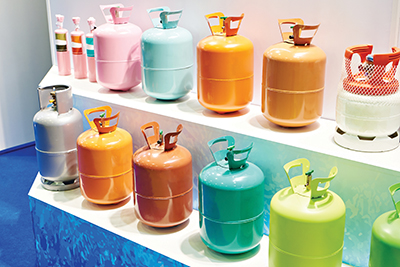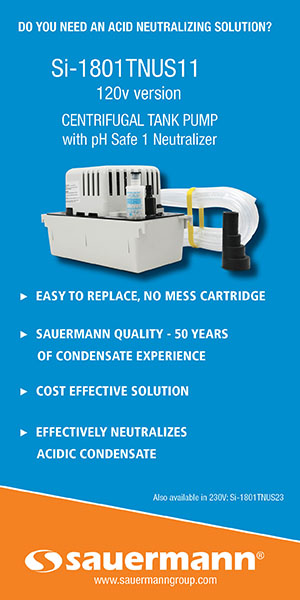Back in 2020, Congress passed something called the AIM (American Innovation and Manufacturing) Act, which gave the EPA (Environmental Protection Agency) authority to phase down the use of HFC refrigerants in its effort to fight climate change.
The EPA then created a rule prohibiting using disposable refrigerant cylinders by 2025. They intended this rule to help battle illegal imports of HFC (usually transported in non-refillable cylinders). They also called for mandated use of QR codes to keep tabs on cylinders containing HFC refrigerants.
A coalition of HVAC Industry members that included ACCA, HARDI, PHCC, and others, along with a manufacturer of American-made refrigerant cylinders, filed suit in federal court to challenge this ruling as being harmful to the entire HVAC supply chain.
The good news is that the industry won. A U.S. Court of Appeals struck down the EPA ban because the majority of judges felt EPA overstepped its authority.
Why is this Good?
If the EPA’s rule had stood, HVAC contractors would have had to deal with heavier, refillable cylinders that could cause safety issues and increase costs, which would then pass on to consumers. Here’s why: the HVAC Industry’s standard 30-lb. refillable cylinder weighs around 21 lbs. while the most widely used non-refillable versions only weigh five pounds. Imagine carrying a 30-lb. refrigerant cylinder up ladders and around job sites.

The overturning of the ban also removes the potential need for contractors to retrofit service vehicles to accommodate the bigger, heavier cylinders.
Last but not least, there is currently only one U.S.-made cylinder manufacturer, and forcing the industry to use refillable models only would cause significant financial hardships for that manufacturer and open the door for foreign manufacturers to dominate the American marketplace.
The HVAC organizations that sued EPA felt the agency never considered these issues. They never responded to offers by the manufacturer to redesign their non-refillable cylinders so they were wholly recyclable, prevent potential leaks, and use scannable QR codes or RFID chips to help ward off any black-market activities (which was a huge concern of the EPA).
Here’s the Rub
By being non-responsive, the EPA ignored legitimate industry concerns and expertise. In my opinion, this is another example of a government entity ignoring facts and making more harmful rules than good.
The AIM Act is geared to phasing out the use of HFC refrigerants which this industry is diligently working to accommodate (see the A2L Refrigerant Tips story elsewhere in this issue).
But the EPA took it too far. Like so many actions by our federal government, rulings start with good intentions and then tend to spiral down the rabbit hole, becoming hurtful to the interests of American people and industries.
And It May Not be Over
The EPA’s response to the District Court’s over-turning of their ban is to say they are “reviewing the decision.” They could request something called an en banc hearing at the D.C. Circuit Court or directly petition the U.S. Supreme Court to overturn the District Court’s ruling.
My questions are: is this in the best interest of the HVAC Industry? Is it in the best interest of the American people?
I know our industry trade associations are and will continue to stay on top of this. So celebrate for now, but let’s not take our collective eyes off the ball.













Recent Comments